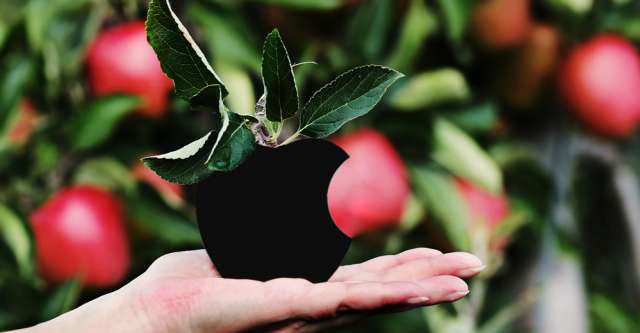By now, you may be convinced that fruit tree pruning really is the best for your tree. Now what? Where do you begin? How does this work? Which trees demand more pruning than others? Here are some suggestions by Stark Brothers to get you started.
Getting Started
To thin a fruit tree, you will need small pruners, or sometimes even your fingers. Thinning takes place anytime now, once pollination has taken place and the fruits are formed. Usually after July, pruning is no longer needed.
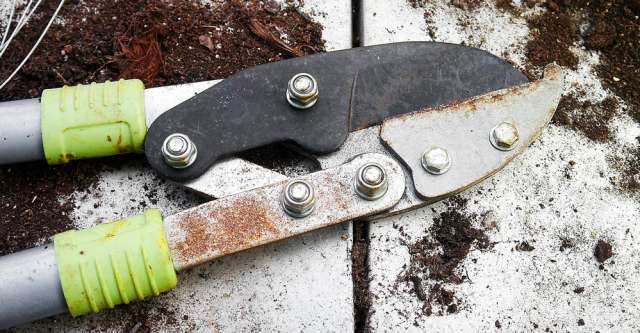
Apple Trees
The most effective time for pruning apple trees is about one month after peak blooming, when the fruit is just coming on. You will want to break up fruit clusters. This allows the remaining fruit to grow larger and healthier. It is wise to leave the king bloom for a larger apple, and then permit 6-8 inches between it and the next fruit. This encourages larger fruit.
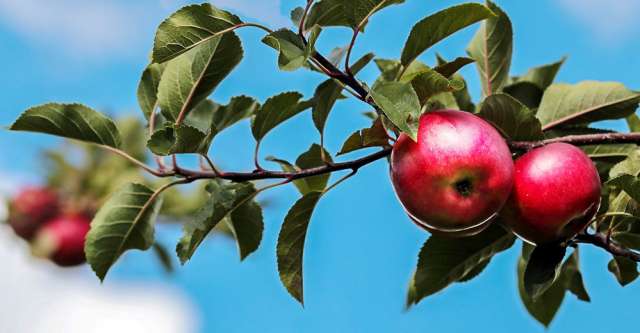
Apricot Trees
Apricot trees are very prolific in their fruits. Fruit will drop unless thinned. Once more, break up fruit clusters and leave about 6-8 inches between fruits for larger, healthier apricots.
Cherry Trees
Cherry trees are not usually thinned. Around Alton, they ripen earlier in the season when we get the rains. They are picked before the dry heat of summer sets in. However, no more than 10 cherries should be growing on any given spur. Too many cherries close together may cause cherry drop.
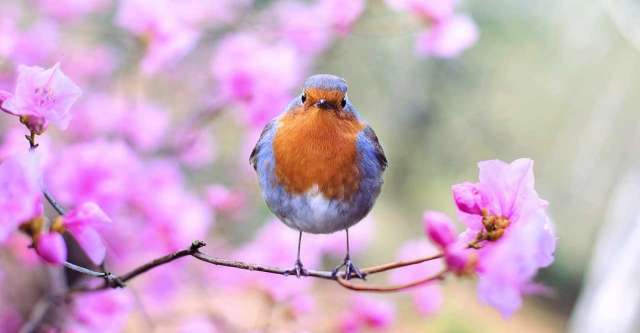
Nectarine and Peach Trees
These similar trees are high pollinators, bearing much fruit. These fruits desperately need pruning or the weight of too much fruit on a branch will cause damage and breaking. For these trees, break up any clusters of fruit and leave at least 6 inches between fruits.
Pear Trees
Like cherry trees, pear trees do not usually require pruning. Nonetheless, Watching the fruit develop, you can remove unshapely or damaged fruit. Break up any clusters and leave between 4-6 inches between fruits.
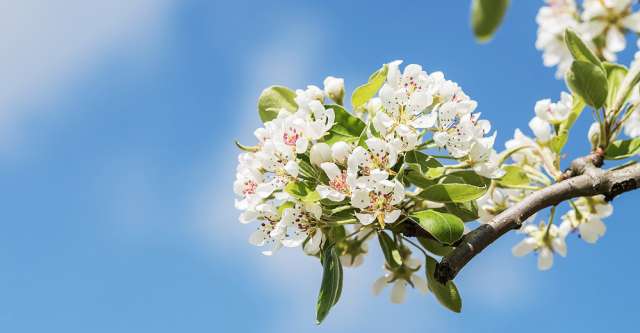
Plum Trees
Plum trees are another heavy bearer. Unless you thin the fruit, as it ripens and gains weight, you could see branches breaking. When the small plum is large enough to be picked, it is time to thin the tree and break up the clusters. A recommendation of 4-6 inched between fruits is advised. However, if your fruit is still small, you can further thin it. A plum tree will drop fruit if it is growing too much. It may even drop all of its fruit. So this tree is best taken the upper hand with.
Overall, most fruit trees require some type of thinning for the health of the tree and to bear larger fruit. Do not be afraid to take too much fruit away. The remaining fruit will grow.

